Mexican fruits are fruits that are closely associated with Mexico. Many fruits from Mexico were spread worldwide by the Spanish after their conquest of Mexico and became so popular that people forget their Mexican origin.
In addition, the Spanish also introduced new fruits to Mexico, many of which are now important crops in the country. Read on, and you will discover them all, from tropical fruits full of sweetness to aromatic delights in the arid land.
Since Mexico has many kinds of terrains and climates, its fruit offerings are no less diverse. Still, tropical fruits account for the majority of the most popular options.
I will guide you to the most famous 19 fruits in Mexico before giving you an overview of fruits in the country. Next, you will explore crowd-pleasing Mexican dishes and beverages prepared with fruits, followed by a section on the country’s iconic vegetables.
19 Magnificent Mexican Fruits with Filters
Below is a comprehensive list of the 19 most popular fruits in Mexico. To help you navigate this content more easily, I have organized the options in order of popularity, with the most popular fruits at the top of the list.
In addition, you can use interactive filters to categorize my suggestions. There are labels for native fruits, non-native fruits, national fruits, exotic fruits, fruit vegetables, fruits for making dishes, fruits for making beverages, and fruits best for culinary decorations.
Avocado
- For Dishes
- For Garnish
- National
- Native
Avocado is a creamy and nutrient-rich fruit that has deep roots in Mexico. It thrives in the temperate climates of the country’s central highlands and has been cultivated by the Aztecs since ancient times.
Avocados are characterized by their green, bumpy skin and buttery flesh surrounding a large pit. Their taste is mild yet rich and nutty.
Slices of fresh avocados are a delicious snack on their own or with some simple seasoning. But Mexicans also use this creamy fruit to make smoothies, fruit salads, and dips, especially the renowned dish guacamole.
Mexico is the world’s largest avocado producer as well as the most significant supplier of avocados for the US. The Mexican state of Michoacán is home to the best avocado orchards in the country.
Mango
- For Beverages
- For Dishes
- Non-Native
Mango is an iconic Mexican fruit of Indian origin. It was brought to the country by the Spanish in the 16th century and eventually became an important crop.
These succulent fruits range in color from green to yellow to red. Flavor-wise, their taste profiles vary from sweet and creamy to tangy and fibrous.
The Manila and Ataúlfo varieties are arguably the most popular mangoes in Mexico, followed by other household names like Haden and Tommy Atkins. They bear fruit year-round, especially from February to August.
In Mexican cuisine, mangoes are suitable for making salsas, desserts, and fruit-based beverages. Raw mangoes served with salsa and similar continents are an easy yet tasty snack.
Pomegranate
- For Dishes
- For Garnish
- Non-Native
Pomegranate is a popular Mexican fruit with tough, reddish skin and red, jewel-like arils (seeds) inside. These juicy pulps deliver a mellow sweetness with a mild tardiness similar to grapes or blueberries.
Hailing from Persia, pomegranates were Introduced by the Spanish in the 16th and 17th centuries, it is mainly cultivated in areas with Mediterranean climate in the country’s northern region, such as Chihuahua and Baja California.
Apart from raw consumption, the main role of pomegranates in Mexican cuisine is to garnish chiles en nogada, a festive dish for Mexican Independence celebrations in September.
Tejocote
- Exotic
- For Dishes
- Native
Tejocote, also known as Mexican hawthorn and manzanita, is an apple-like stone fruit native to the highlands of Mexico and Central America. It comes from a shrub or small tree that fruits from November to February.
The root of the name “tejocote” is from the Nahuatl term “texocotl” for “stone fruit,” whereas manzanita means “little apple.”
Tejocotes are small and round, with tough skin and a yellow or orange hue. They harbor bittersweet pulp that tastes like a cross between an apple and a pear; they can get sweeter after cooking.
In Mexico, people consume tejocotes in both raw and cooked forms. Candied tejocotes are a must-have offering and decoration for the Day of the Dead in November, while ponche navideño, a Mexican fruit punch, also features this fruit.
Nance
- Exotic
- For Beverages
- For Dishes
- Native
Nance, also known as golden spoon or nanche, is an exotic tropical fruit indigenous to Mexico and many parts of Latin America. It grows in clusters and has the same small size as a cherry.
The skin of ripe nance fruits has a bright yellowish-orange color and is easy to peel. Its oily pulp is sweet with a slightly acidic undertone and uniquely aromatic; some people describe the strong scent as soap-like.
Nance fruits are often eaten fresh, but they are also a common ingredient in Mexican desserts, candies, ice creams, and fermented beverages
Jocote
- Exotic
- For Beverages
- For Dishes
- Native
Jocote is a traditional Mexican fruit in the cashew family. It has been a part of the traditional diet in Mexico and the tropical regions in the Americas for millennia.
The name “jocote” was derived from the word “xocotl,” which refers to an acidic or sour fruit in Nahuatl. Other common names for the fruit are ciruela in Spanish and hog plum, Spanish plum, and purple mombin in English.
The thin, waxy skin of jocotes changes from green to red or purple as the fruits ripen, with a juicy, sweet, and slightly tart flavor. Mexicans love eating the juicy, sweet, and slightly acidic pulp fresh or using them in making beverages.
There are up to 50 jocote varieties in Mexico. The state of Chiapas is one of the best places in the country to find high-quality jocote fruits.
Lime
- For Beverages
- For Garnish
- Non-Native
Lime is a common citrus fruit in Mexico, which is among the world’s largest producers. Originally cultivated in Southeast Asia and South Asia, it was brought to Mexico after the Spanish conquest of the country.
The aromatic Key lime, also known as Mexican lime, is the most popular variety in Mexico, followed by the larger yet tarter Persian lime. Both types are small, round, and usually green.
In Mexico, the terms “lima” and “limón” usually refer to the Key lime and the Persian lime, respectively, while “limón amarillo” is the bright yellow lemon. Still, such usage can vary according to the region and context.
Mexicans utilize limes in many different ways in their culinary traditions and daily diets. This versatile fruit is a staple flavor enhancer for meat marinade, grilled dishes, seafood, sauces, dips, and various refreshing beverages.
Chirimoya
- Exotic
- For Beverages
- For Dishes
- Non-Native
Chirimoya is the Spanish name for cherimoya, also known as custard apple, a beloved fruit in Mexico. Its cultivation began in the country in the 17th century, after the seeds were brought from South America, the birthplace of chirimoya.
With its heart-shaped appearance and scaly green skin, chirimoya conceals creamy white flesh dotted with black seeds. Its taste is deliciously sweet, with notes of bananas, pineapples, and strawberries.
In Mexico, locals usually scoop out the custardy flesh and eat it raw or turn it into desserts, smoothies, and ice creams.
Guanábana
- For Beverages
- For Dishes
- Native
Guanábana, known as soursop in English, is a crowd-pleasing Mexican fruit in the custard apple family. It is a large, spiky, green fruit offering a combination of strawberry, apple, and citrusy flavors.
Hailing from the tropical regions of Latin America, guanábana thrives in Mexican states with the same climate and bears fruit in summer. Its flesh is fibrous and creamy, ideal for eating raw or using as a base for smoothies, fruit juices, and ice creams.
Although the spikes on the surface of a guanábana may look intimidating, they are actually soft and only give a tingling feeling when touched. The seeds, however, are hard and toxic.
Pitaya
- For Beverages
- For Dishes
- Native
Pitaya, also known as dragon fruit or pitahaya, is a vibrant cactus fruit native to Mexico and Central America. Mainly found in arid regions, it has been grown and consumed by the indigenous peoples from ancient times.
Pitaya sports a unique appearance with its bright pink, yellow, or red skin covered in green spike-like stems. Its interior is filled with either white or deep magenta flesh peppered with tiny black edible seeds.
The taste of pitaya is mildly sweet and mingled with a pleasant amount of stimulating tartness. This flavor profile is ideal for eating fresh as well as making smoothies, beverages, and fruit salads.
In Mexico, you can easily spot pitaya from May to June, especially in the highlands of Jalisco state. These fruits are widely sold, from supermarkets to outdoor markets and street stalls.
Maracuyá
- For Beverages
- Non-Native
Maracuyá, known in English as passion fruit, is a beloved citrus fruit with a spherical shape in Mexico. Originating in South America, it is grown on a large scale in the country’s tropical regions, such as the Yucatan Peninsula.
Beneath the tough, slightly wrinkled outer rind of maracuyá is a pulpy, seed-filled interior that is rich with a refreshing mix of tartness and sweetness. This flavor profile, along with the floral aromas, makes maracuyá ideal for making juices and flavoring sweets.
However, Mexicans also love cutting it in half and serving the juicy pulp with a mix of lime juice and chili powder.
Mamey Sapote
- For Beverages
- For Dishes
- Native
Mamey sapote, or simply mamey, is a cherished fruit endemic to the tropical regions of Mexico and Central America. Despite its year-round availability, it is at its most abundant from late fall to winter, affirming its place as a wonderful Mexican winter fruit.
A typical mamey sapote is a large, oval fruit that has rough, brown outer skin and bright orange-red flesh. Its pulp is incredibly creamy and sweet; sink your teeth into it, and you will automatically think of a mix of sweet potatoes and pumpkins.
Ripe mameys are typically consumed fresh or blended into milkshakes and smoothies. Many Mexican ice creams and desserts also feature them as a flavoring.
Guayaba
- For Beverages
- For Dishes
- Native
Guayaba is the common Spanish name for guava in Mexico, an essential fruit in the country’s gastronomy. Native to Mexico as well as Central America, it has been used by locals since times out of mind.
Guavas in Mexico are small, round, and range from green to yellow when ripe. Their soft or crunchy pulp contains pink to white flesh with numerous small seeds, offering a distinctively sweet and floral flavor.
The Mexican cream guava is one of the most famous guava cultivars in the country, thanks to its vibrant yellow appearance and aromatic and creamy white flesh.
Eating guavas on their own or with a mix of salt and chili powder is the easiest way to enjoy this fruit in Mexico. But guavas can also be blended, candied, or boiled to prepare various beverages, candies, jams, and more.
Banana
- For Dishes
- Non-Native
Banana is a well-known Mexican fruit of Southeast Asian origin. It was spread to the country in the 16th century, after which banana plantains became a feature of Mexico’s landscape.
Bananas are now one of the most important tropical fruit crops in Mexico, and they have year-round harvests, though summer is the peak time for banana production.
The most sought-after cultivars include Cavendish gigante, Tabasco Dominican, and Valery, among many others.
Mexican bananas vary from soft, creamy textures with a sweet taste to larger, green-skinned ones suited for cooking.
Papaya
- For Beverages
- For Dishes
- Native
Papaya is a succulent tropical fruit that first appeared in the rainforests of Mexico and Central America. It allows year-round cultivation, particularly in the country’s lush tropical and subtropical regions.
When the Spanish conquistadors discovered papayas, they were charmed by the sweet, musky, orange flesh hidden beneath the green to yellow skin. Nowadays, this taste and texture continue to win fruit lovers all over the world.
Peeled pieces of creamy papaya are a common sight in Mexican breakfast dishes, salads, desserts, and beverages.
The Mexican papaya, also known as the Maradol papaya or the red papaya, is among the most popular papaya cultivars in the world.
Chile
- For Dishes
- For Garnish
- Fruit Vegetables
- Native
Chile, which is a common name for chili or chili pepper, is both an important fruit and a cornerstone of Mexican cuisine. Its long history traces back to ancient Mesoamerican civilizations in Mexico and Central America.
There are many chile varieties in Mexico, namely jalapeño, serrano, poblano, and habanero. They vary considerably in terms of heat levels, but all contribute spiciness and a fruity and floral undertone to local dishes.
Chiles are integral to many Mexican dishes, especially stews, salsas, sauces, and stuffed dishes.
Prickly Pear
- Exotic
- For Beverages
- For Dishes
- Native
Prickly pear fruit, known locally as tuna, is a distinctive cactus fruit deeply rooted in Mexico’s soil and culture. Its history traces back to pre-Columbian times when it was a vital food source for the indigenous people.
Found in arid and semi-arid zones across Mexico, prickly pears have their peak season in late summer to early fall. Its fruits have tough and spiny skin that encases juicy and sweet flesh speckled with edible seeds.
Prickly pear fruits have a similar flavor to a mix of pitaya and bubblegum, and they come in many colors, from yellow-orange to red. There are many things you can do with these fruits, such as eating them fresh, juicing them into beverages, or making jams and jellies out of them.
Interestingly, the prickly pear cactus, complete with its fruits, is depicted in the Mexican flag. If you look at the flag closely enough, you will notice an eagle perched on a fruit-bearing cactus plant.
Chayote
- For Dishes
- Fruit Vegetables
- Native
Chayote is a classic type of squash fruit indigenous to Mexico. The Aztecs had long cultivated and consumed it before the Spanish popularized this fruit all over the world.
The appearance of a chayote features a pale green, bumpy exterior with a large edible seed nestled within its crisp, creamy-white flesh. Its taste is subtly sweet and starchy, like a cucumber, but with less water content.
Chayotes are traditionally consumed both raw and cooked as a vegetable. You can slice them thinly to add to salads and stir-fries, boil them, or prepare stuffed dishes with them.
Rambutan
- Exotic
- For Dishes
- Non-Native
Rambutan is a sought-after Mexican tropical fruit that originated in Southeast Asia. It was brought to Mexico in the 1960s and is now grown in the country’s southern regions, particularly in Chiapas.
A normal rambutan has a red rind that is covered in soft, green-tipped spines. Inside, the translucent white flesh is juicy, sweet, and pleasantly acidic.
To enjoy the exquisiteness of Mexican rambutans, you simply need to cut into the peel and squeeze the succulent interior into the mouth. But watch out for the seed in the middle; it is inedible.
You now have a solid knowledge of the most amazing fruits in Mexico. The next section will tell you about the common features of the country’s fruit offerings.
What Are Mexican Fruits Best Known For?
Below is an overview of the characteristics that distinguish Mexican fruits from others, from their tropical appeal to their cultural significance.
Mexico boasts countless tropical fruits that offer vibrant colors and sweet, mellow flavors. The humid climate in the southern regions, as well as along the coastal plains and in the mountains is suitable for the growth of various fruits.
After the Spanish conquest of the Aztec Empire and the subsequent colonization of the land, the Spaniards brought many indigenous Mexican fruits back home and spread them to other regions around the world.
In addition, since Spanish is the official language in Mexico, as in many other Latin American countries, local fruit names often follow Spanish spellings.
The northern and central parts of Mexico, with its arid climate, are home to certain fruits with widespread appeal, especially cactus fruits like pitaya and prickly pear fruits.
Make your trip to Mexico more memorable by buying fruits from local markets, outdoor food stalls, or street hawkers. These spots often get their produce straight from the farms, ensuring you enjoy the freshest fruits at more affordable prices.
Many fruits hold cultural significance in Mexico and are used in traditional dishes, celebrations, and even medicinal practices. Many local specialties feature fruits for extra sweetness, zestiness, and freshness.
Mexican fruits are mostly available year-round, but there is still a significant emphasis on seasonality.
Continue reading to discover famous Mexican dishes that feature local fruits.
What Dishes Are Prepared With Fruits in Mexican Cooking?
How many Mexican dishes with fruits can you tell? Let me give you a few hints!
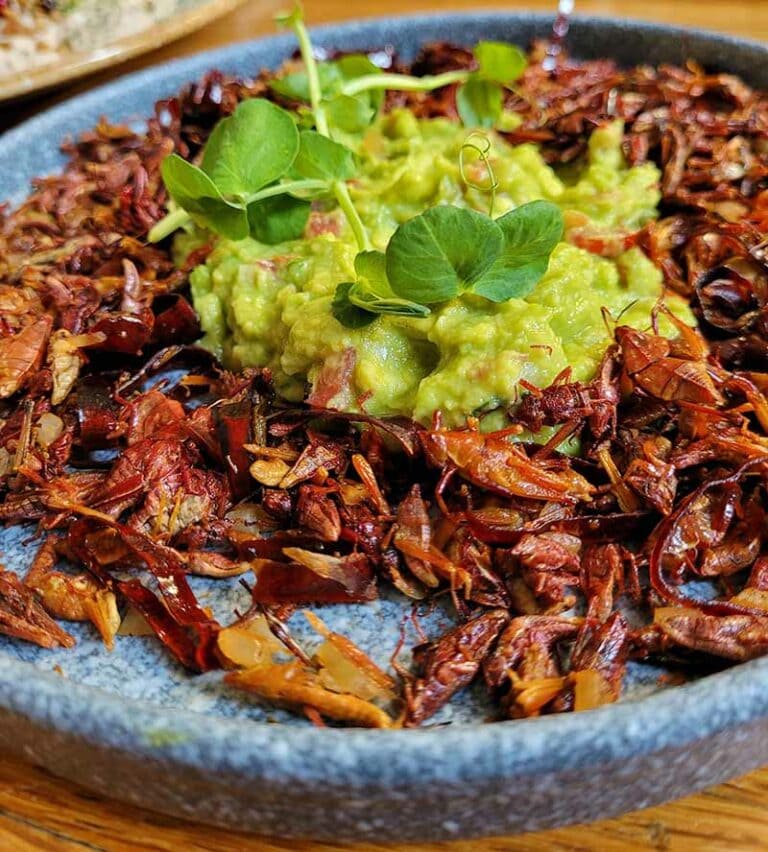
Guacamole con Chapulines
Guacamole con chapulines in Mexico is a delicious blend of fried grasshoppers and guacamole, the famous dip made of mashed avocados, lime juice, and cilantro.
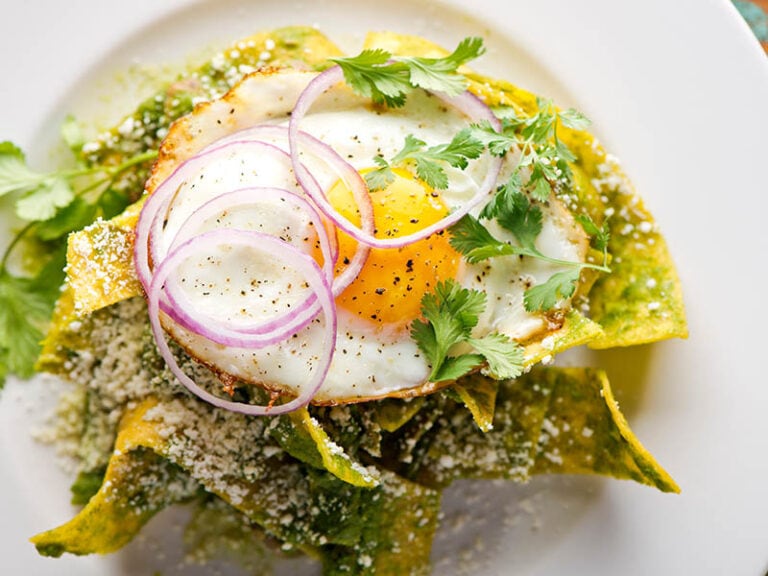
Huevos Rancheros
Huevos rancheros is a Mexican breakfast dish featuring tortillas, fried eggs, and a spicy salsa made with tomatoes and chiles. Locals often serve it with guacamole and avocado slices.
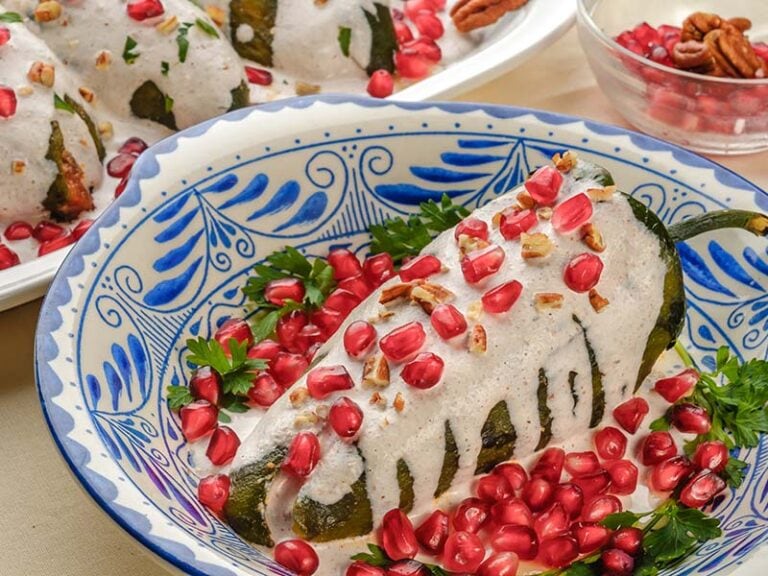
Chile en Nogada
Chile en nogada is a Mexican festive dish prepared by stuffing poblano chiles with a mixture of ground meat and serving them in a cream sauce garnished with pomegranate seeds.
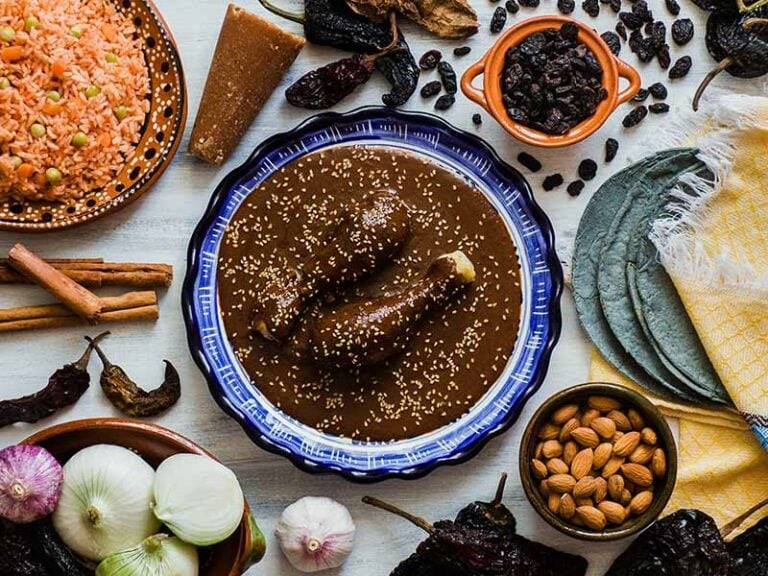
Mole
Mole is a famous Mexican sauce consisting of chocolate, spices, nuts, and hot chiles.
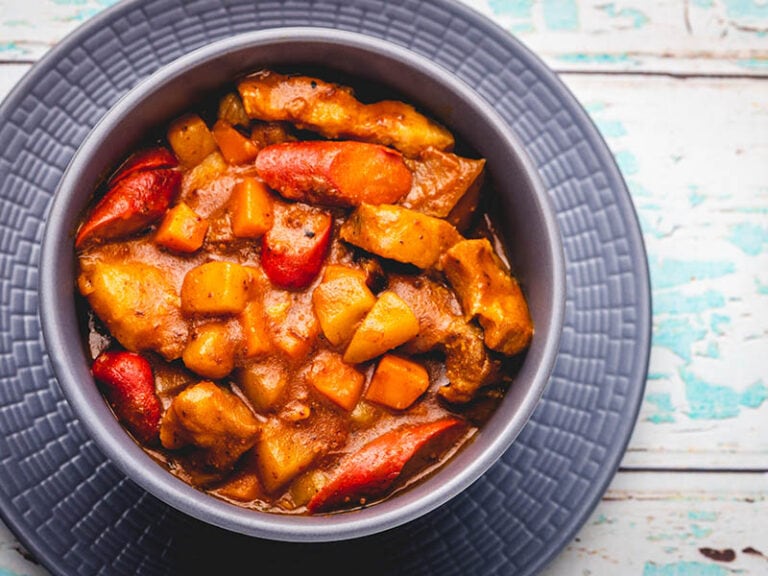
Menudo
Menudo is a Mexican stew made by cooking cow tripe in a red chile base. Avocados are one of the best accompaniments for it.
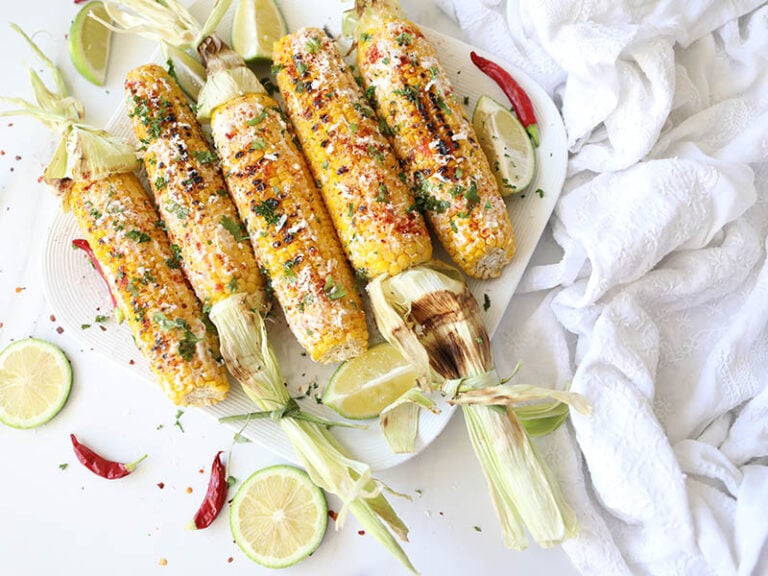
Elote
Elote is a simple Mexican dish of grilled corn on the cob, which is usually flavored with lime juice.
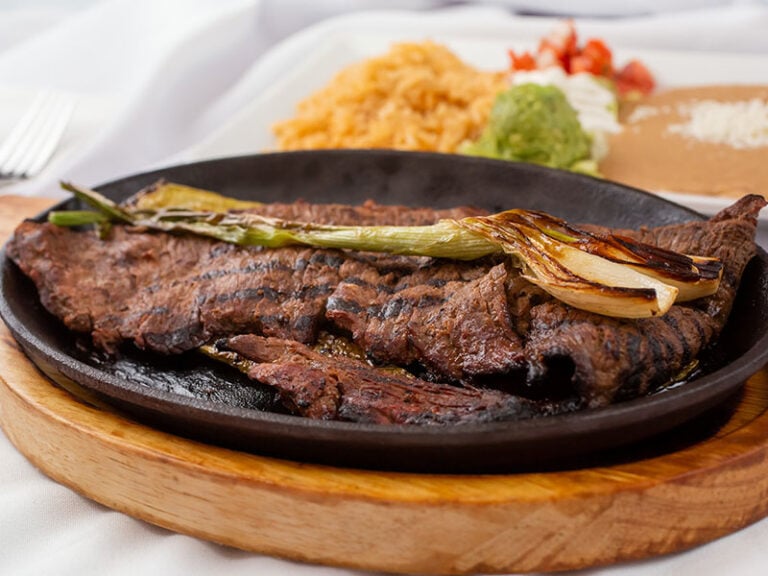
Carne Asada
Carne asada is a Mexican dish of grilled beef whose marinade usually includes lime juice. Locals usually serve this grilled dish with avocado-based guacamole.
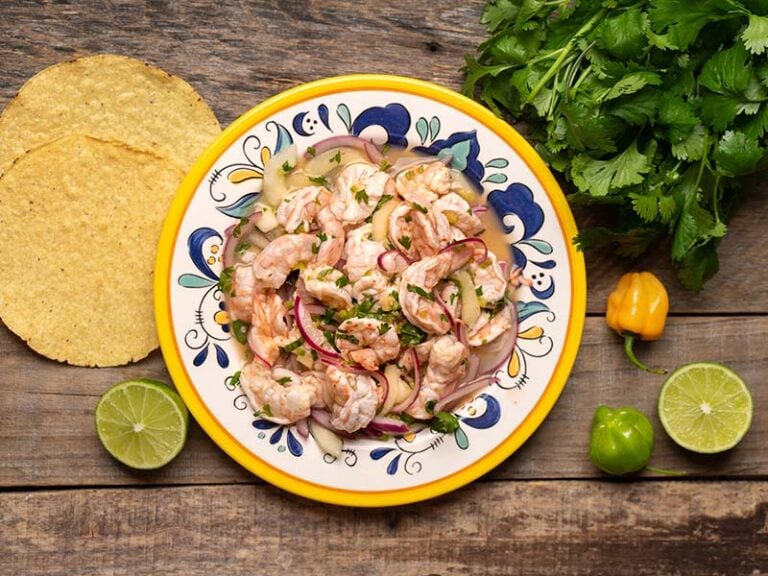
Aguachile
Aguachile is a traditional Mexican dish consisting of raw shrimp and fish marinated in a flavorful mixture of lime juice, hot chiles, and seasoning.
Have you ever tried these specialties? While they are delicious, they are just the tip of the delicious iceberg of dishes from Mexico; many more options are waiting for you to discover.
In the next section, I will look at the best beverages based on fruits in Mexico.
What Are Some Mexican Beverages That Incorporate Fruits?
Below is a breakdown of prominent Mexican beverages that use fruits either as the main ingredients or as a flavoring.
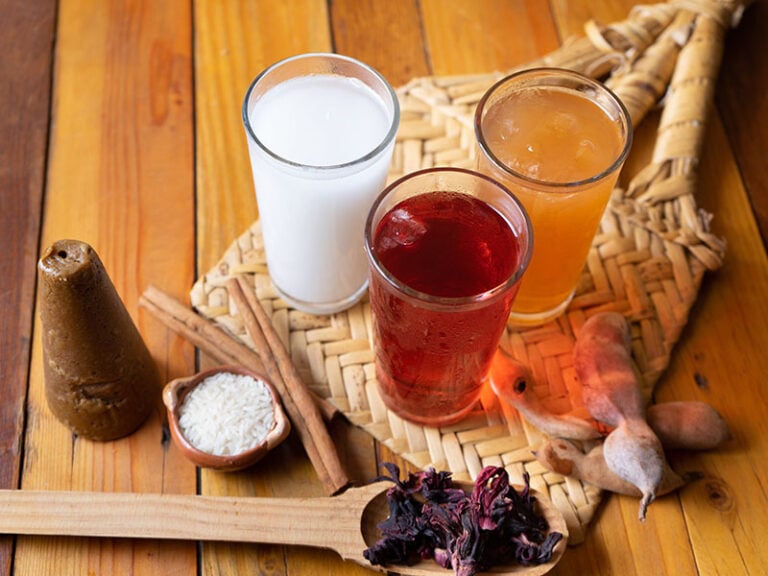
Agua Fresca
Agua fresca is a simple Mexican beverage consisting of water, fruit juices, and optional ingredients, such as cereal and seeds. Popular fruits for this drink include mangoes, guanábana, papayas, passion fruits, pitaya, and prickly pear fruits.
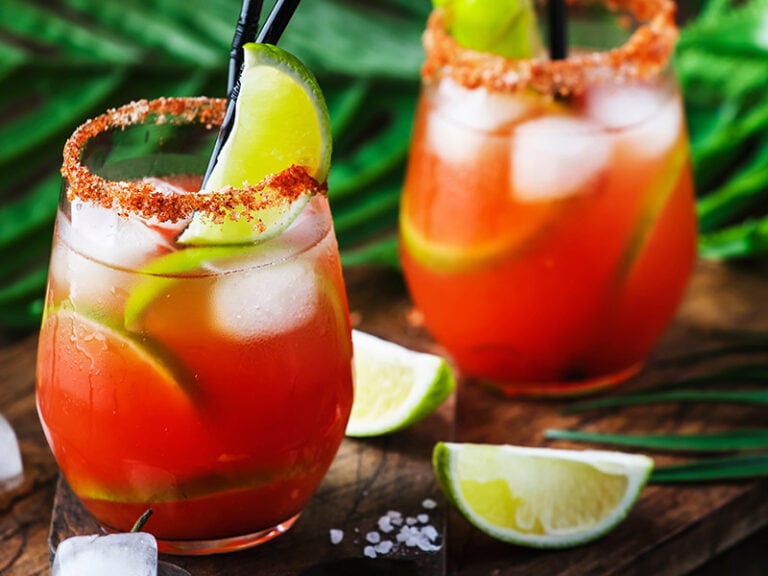
Michelada
Michelada is a Mexican spicy cocktail consisting of beer, lime juice, and hot sauces or chile-based sauces.
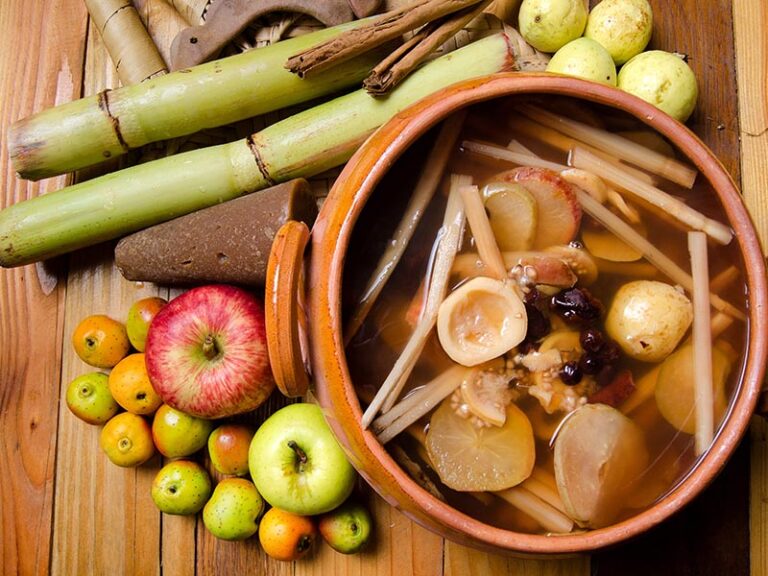
Ponche Navideño
Ponche navideño is a Mexican beverage for Christmas and New Year’s Eve. It is a hot punch made with water, sugar, spices, and various fruits, such as guayaba and tejocotes.
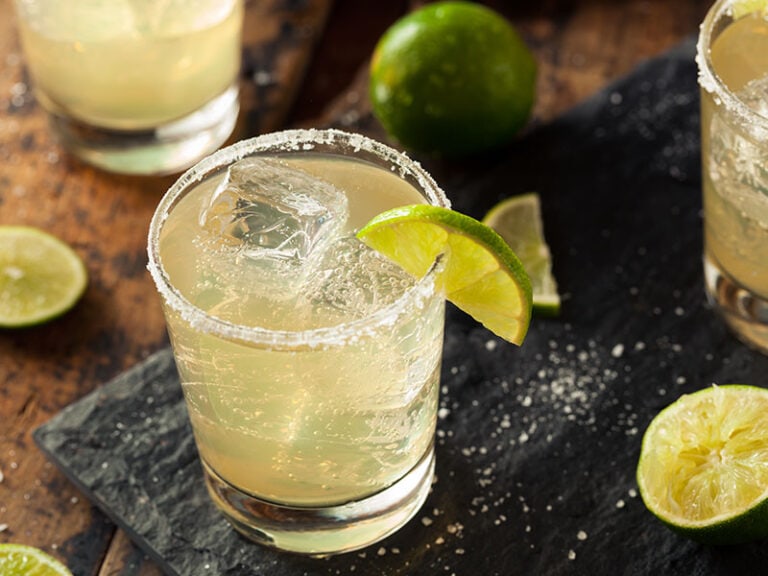
Margarita
Margarita is a renowned Mexican cocktail that mixes orange liqueur with tequila and lime juice.
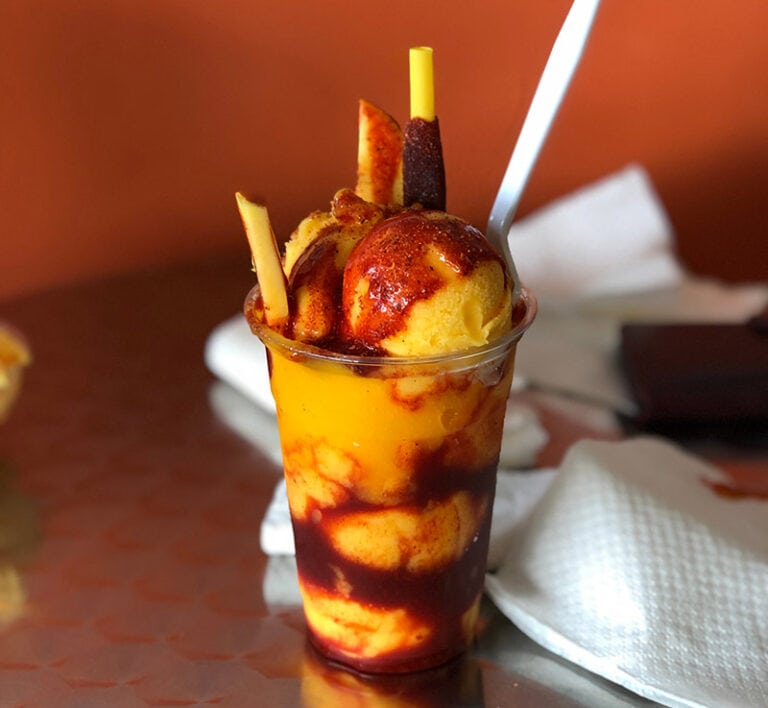
Mangonada
Mangonada is a cooling Mexican beverage blending together mangoes, lime juice, spices (like dried chiles), and ice.

Jarritos
Jarritos is a famous Mexican soft drink that comes in many fruit flavors, including limes, guayabas, and mangoes.
Do you want to try more excellent drinks? The list of wonderful Mexican beverages continues with many other amazing options.
As Mexican vegetables are closely associated with fruits, as illustrated in the case of chiles, it’s worth learning more about this topic.
What Are the Most Popular Vegetables in Mexican Cuisine?
Here is a brief list of the vegetables you should know about when learning about Mexican cooking.
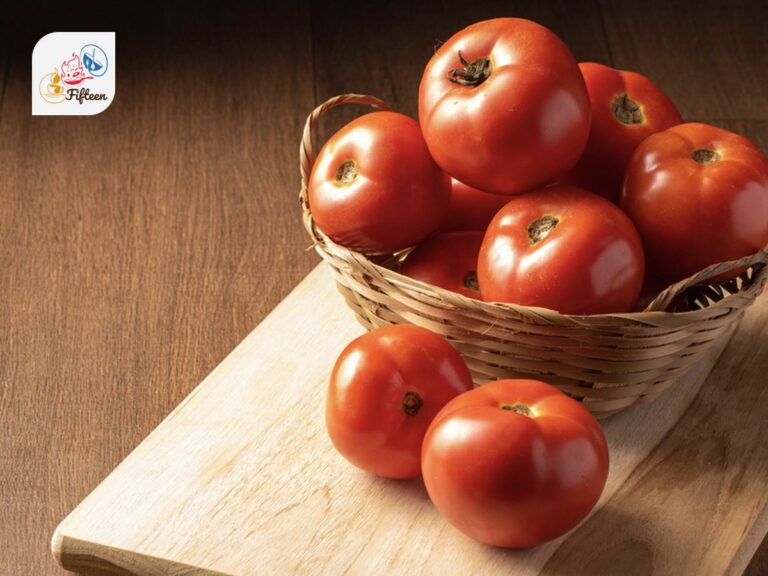
Tomato
Tomato is a native vegetable that is widely used in local cuisine, especially used in sauces and as fresh garnishes.
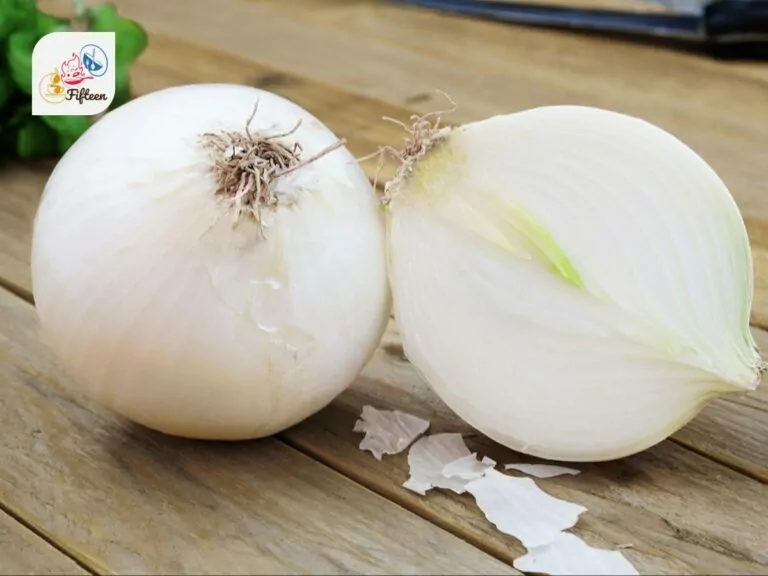
Onion
Onion is an essential ingredient and flavor enhancer in Mexican sauces, stews, and toppings.
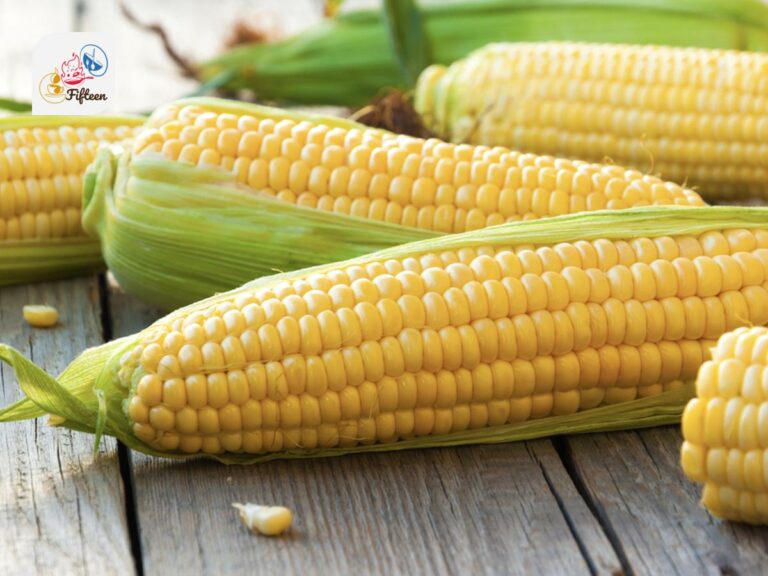
Corn
Corn is an important vegetable that forms the basis of many Mexican staple dishes and snacks.
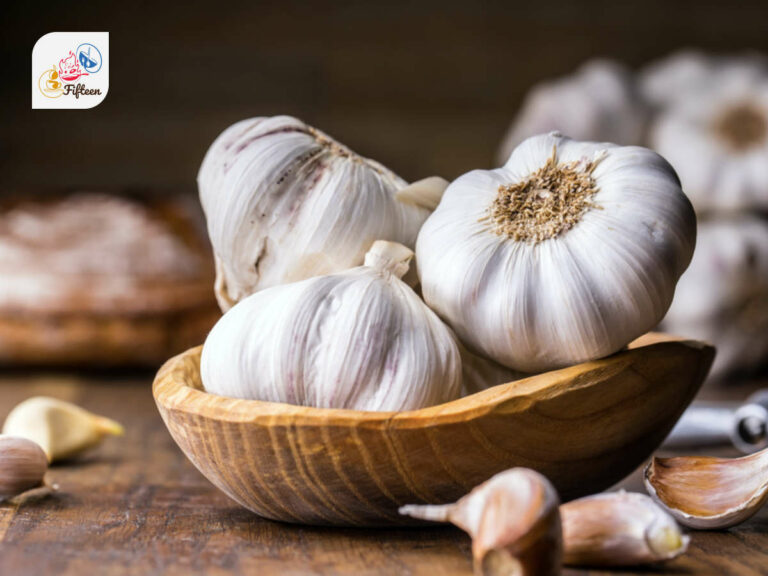
Garlic
Garlic is a flavorful vegetable that adds depth to sauces, soups, and marinades in Mexican cuisine.
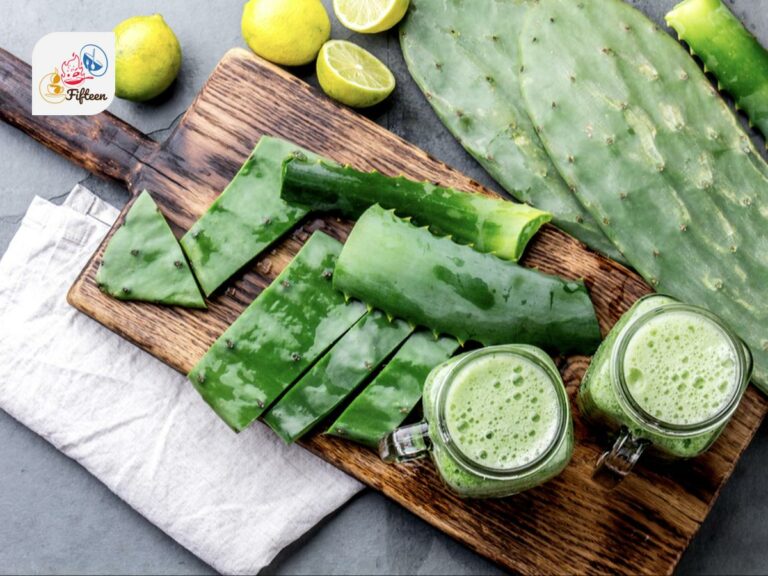
Nopal
Nopal, or prickly pear cactus, is a unique Mexican vegetable that locals usually grill or use in salads and stews.
Of course, Mexicans enjoy more vegetables than just these options. Vegetables in Mexico are both diverse and plentiful.
What do you think about my suggested fruits? Let me know your thoughts and opinions in the comment section; I’m dying to hear your feedback! Before you leave, don’t forget to share this list of Mexican fruits with your friends!


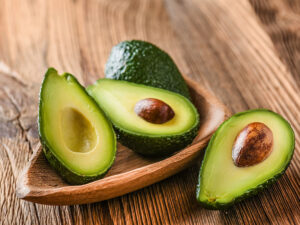
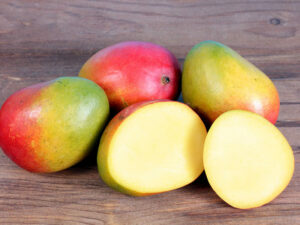
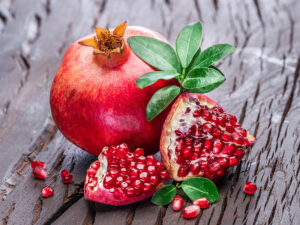
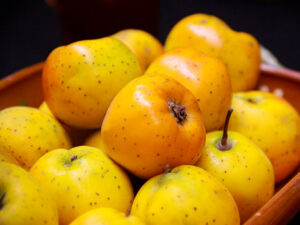
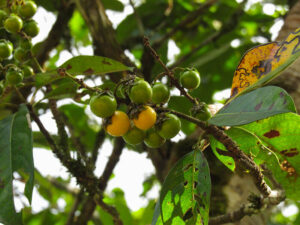
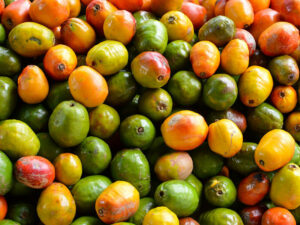
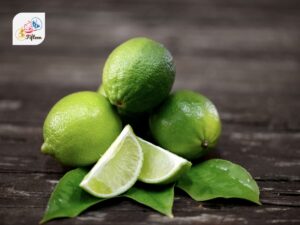
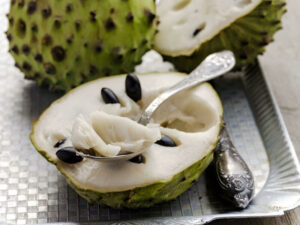
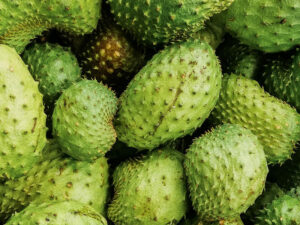
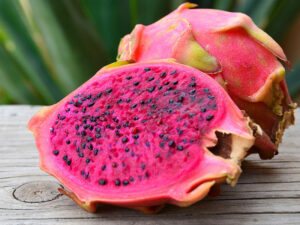
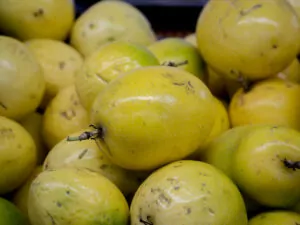
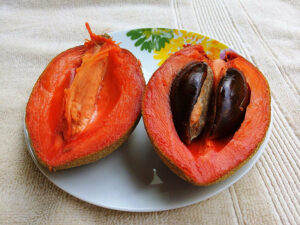
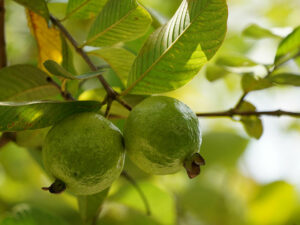

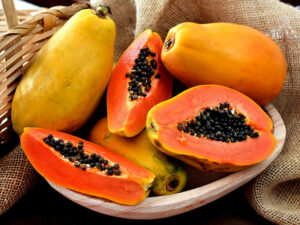
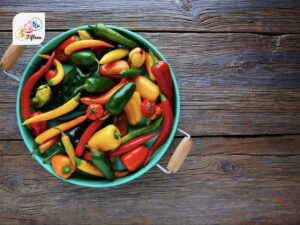
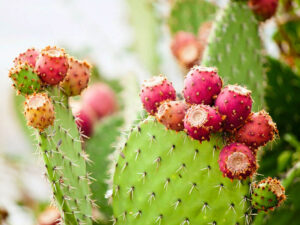
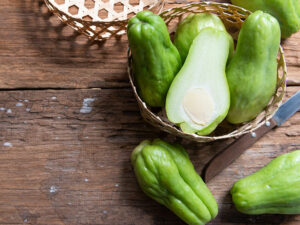
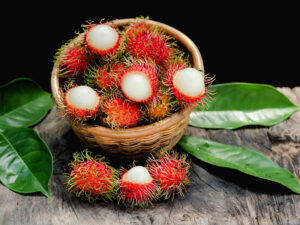
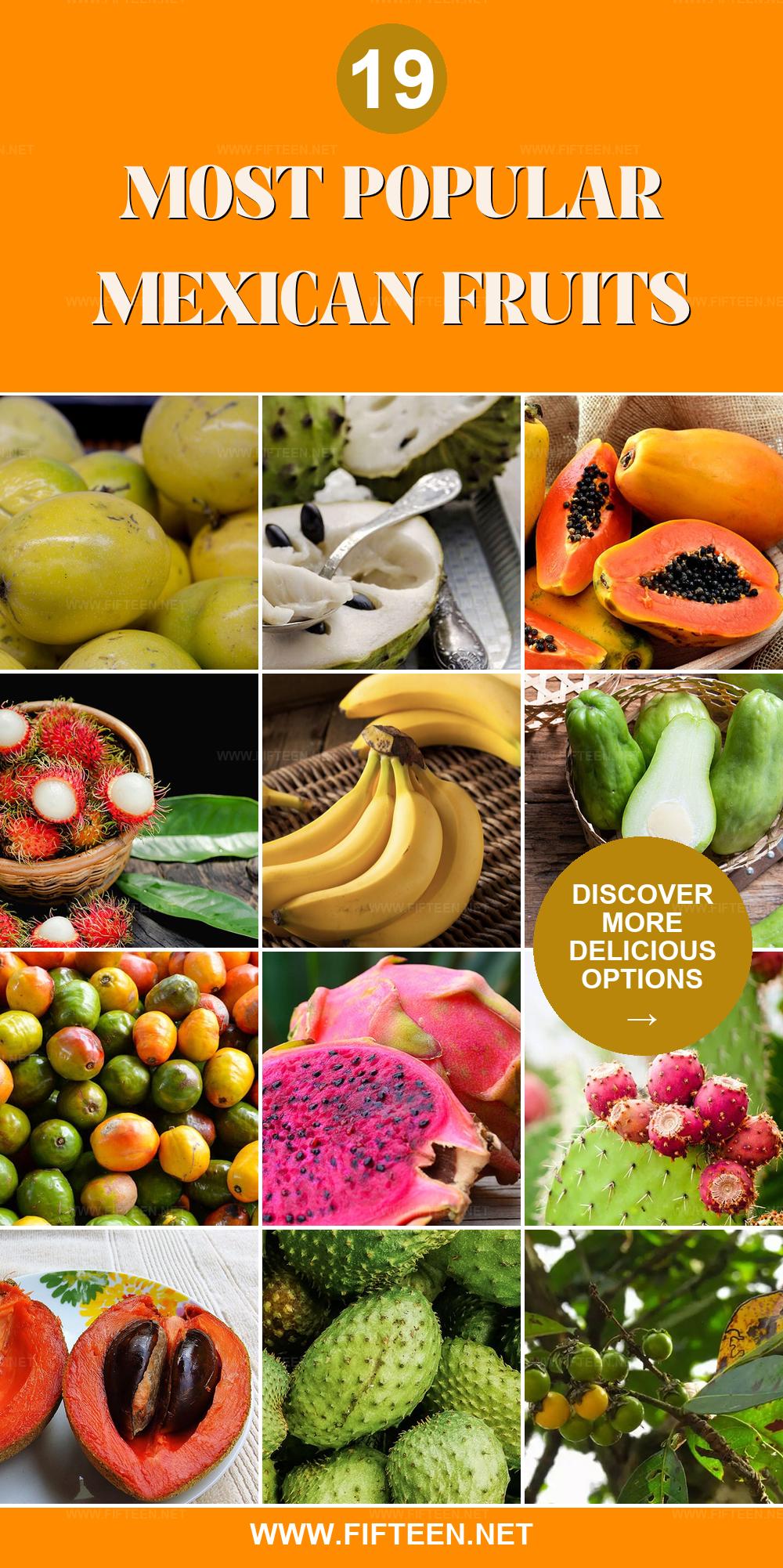
Jamie Scott
Editor in Chief, Senior Content Writer
Expertise
Home Cooking, Meal Planning, Recipe Development, Baking and Pastry, Food Editor, Cooking-video Maker, Western Food Evaluation Expert
Education
Le Cordon Bleu College of Culinary Arts
Local Community College, New York, NY
Jamie Scott is a skilled culinary expert and content creator specializing in Western cuisine. With over 15 years in the culinary field and formal training from Le Cordon Bleu, Paris, Jamie deeply understands how to blend nutrition with delicious flavors. His passion for cooking matches his commitment to making healthy eating accessible and enjoyable.
On Fifteen.net, Jamie brings a fresh perspective to classic dishes and beverages, offering readers insightful recipes, cooking tips, and a fresh view on meal planning that emphasizes taste, health, and simplicity.